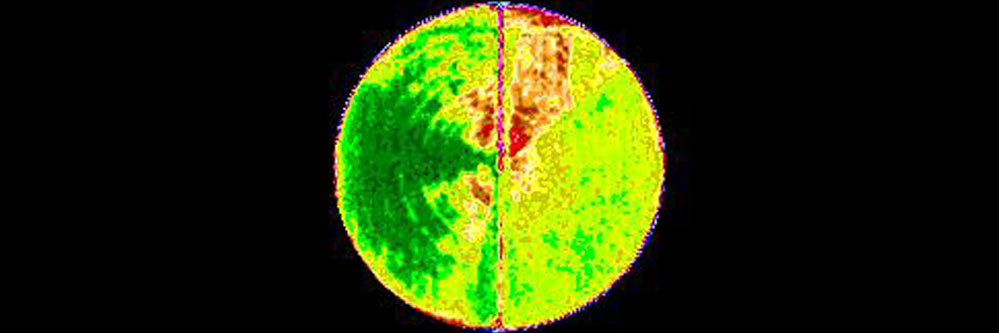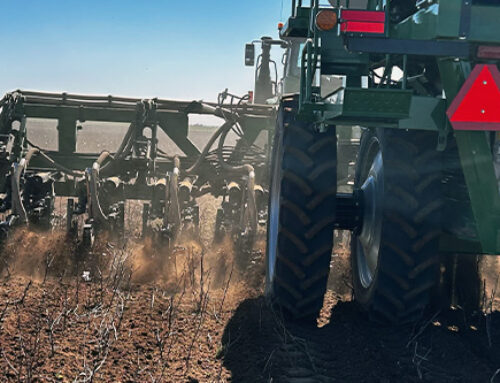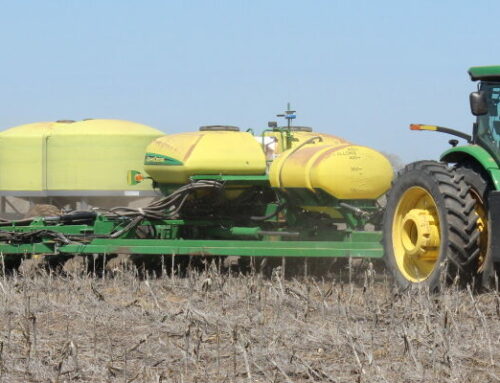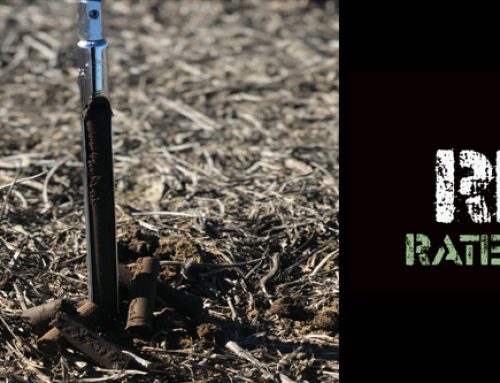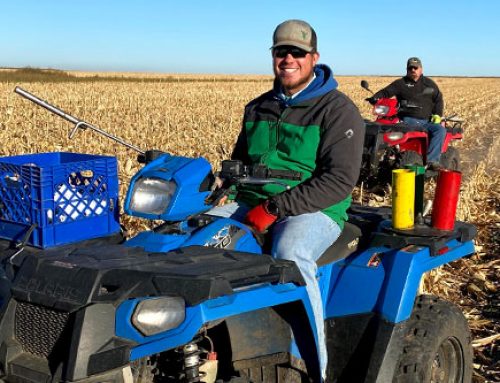Early detection is key – that’s what we are always told by doctors. After my summer internship with Crop Quest, one thing I learned is that early detection is key in agronomy as well. Within what seems like the blink of an eye, a small issue can go from hard to find to a yield limiting problem. So how do we go about detecting problems early?
Using some of the latest precision tools helps make early detection possible. Crop Health Imagery is just one of the cool tools that I got to use this summer. Infrared and NDVI imaging shows a picture of how healthy the crop is. It’s like a report card showing how the field is progressing over each and every square foot of the field. In some cases, stress will show up on the crop imagery before it is visible in the field. Water pattern problems, soil types, chemical drift, and nutrient deficiency – anything that causes stress to the crop are some of the things that can be picked up on infrared images.
Through these infrared images, scouting fields can be much more efficient. If there is a specific area that shows up with low NDVI values, then that is a place that needs further evaluation. For example, there was a swath where the crop imagery revealed low NDVI values on a soybean field, signaling an unhealthy area. When looking at the field it looked okay, but upon a closer look the soil probe would only go into the ground a few inches. This was a water pattern problem. The next week the beans in this area were showing the visual signs, and were considerably shorter than the rest of the field. Without the infrared image, we would not have recognized there was a water problem until it had hurt the soybeans.
Through the use of crop imagery, consultants and producers will be more proactive in their decision making, and fields can be more productive. This is just one more tool your Crop Quest Agronomist hopes to use to help our producers meet their yield goals.
Written by: Taylor Fischer, 2015 Intern in St. John, KS Division; Kansas State University
